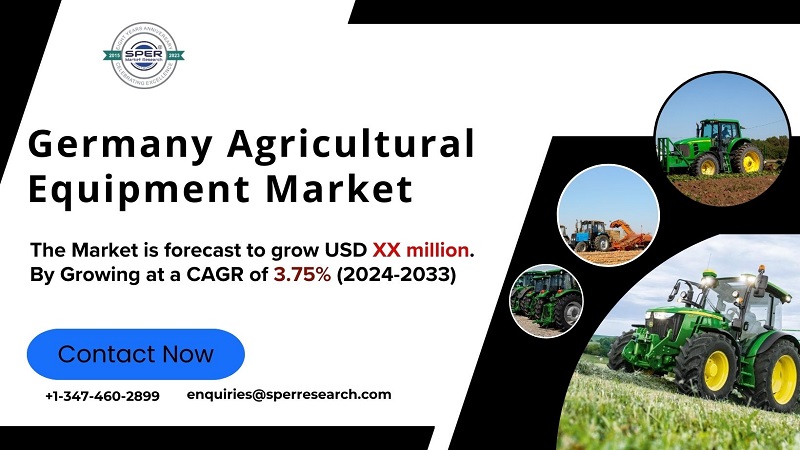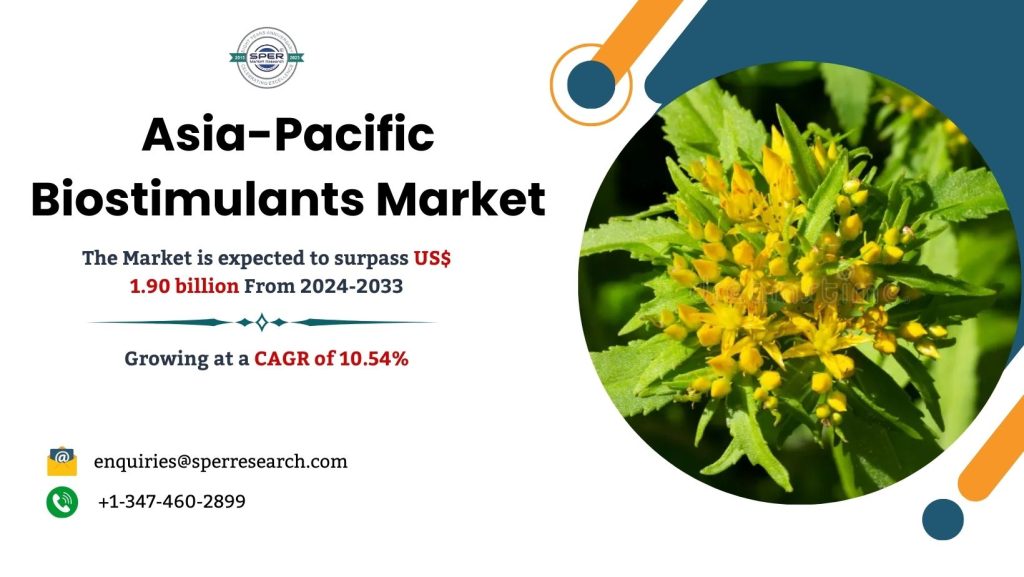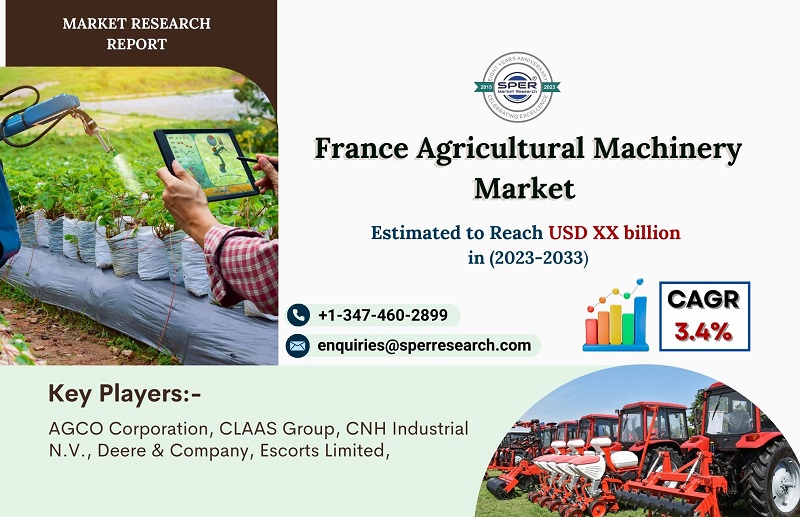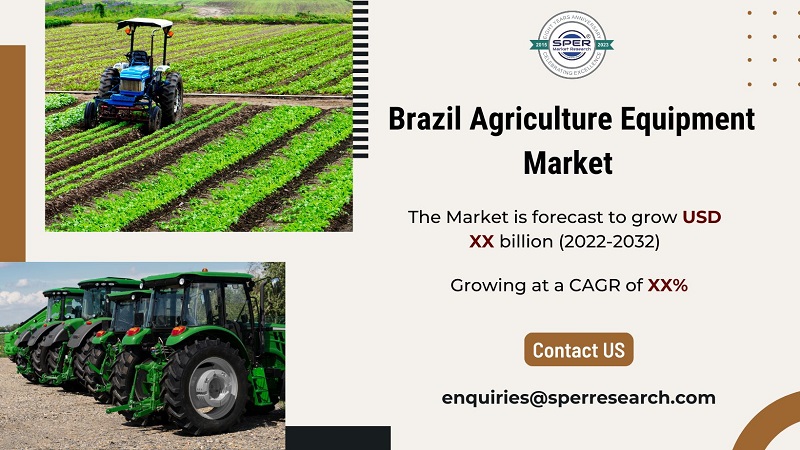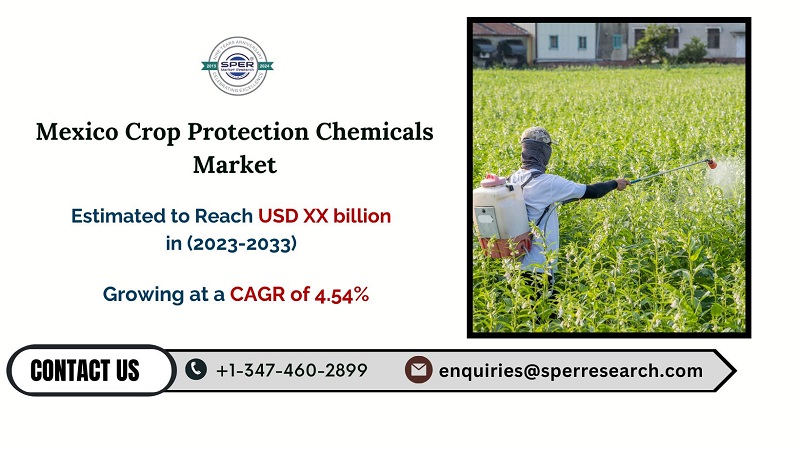Machinery, tools, and other gadgets intended to support farming operations and increase output and efficiency are referred to as agricultural equipment. Soil preparation, planting, irrigation, pest control, harvesting, and post-harvest processing are just a few of the phases of agricultural production where these tools are essential. By lowering labor costs, saving time, and increasing yields, agricultural equipment aims to make contemporary farming methods more scalable and sustainable. A few common examples of agricultural equipment are irrigation systems, tractors, Plows, cultivators, and combine harvesters. For example, tractors can be used to pull heavy loads, plough fields, and operate other machinery like mowers and balers.
According to SPER market research, ‘Germany Agricultural Equipment Market Size- By Equipment Type, By Application – Regional Outlook, Competitive Strategies and Segment Forecast to 2033’ state that the Germany agricultural equipment Market is predicted to reach XX million by 2033 with a CAGR of 3.75%.
Drivers: The market for agricultural equipment in Germany is expanding significantly due to a number of important factors. More advanced machinery is being implemented as a result of the nation’s strong emphasis on farm mechanization, which raises the productivity and efficiency of farming operations. Farmers now have easier access to sophisticated agricultural equipment because to the German government’s encouraging policies, which include subsidies and incentives, which has further stimulated market expansion. Technological developments, like the creation of automated and energy-efficient machinery, are also driving market expansion by drawing in farmers looking for creative ways to boost yields and cut labour expenses.
Restraints: The growth and viability of the German agricultural equipment market are impacted by a number of issues. Modern farming equipment can be too expensive for small and medium-sized farmers due to its high initial investment and maintenance requirements. The intricacy of modern machinery also calls for specialized labour for upkeep and operation, a resource that is becoming more and more limited as the farming population ages and fewer young people are joining the industry. Strict environmental laws necessitate adherence which raises operating expenses and may prevent the uptake of new technology. Global procurement of raw materials, and possible shortages, making it difficult for manufacturers to maintain steady production levels.
Request a Free Sample Report: https://www.sperresearch.com/report-store/germany-agricultural-equipment-market.aspx?sample=1
Bavaria dominates Germany’s agricultural equipment market due to its extensive agricultural activities and high demand for modern machinery. Some of the key market players are Kubota Corporation, Mahindra & Mahindra Ltd., Deere & Company, CNH Industrial N.V., Agrale S.A., AGCO Corporation, CLAAS KGaA mbH, and Yanmar Co.
Germany Agricultural Equipment Market Segmentation:
By Equipment Type: Based on the Equipment Type, Germany Agricultural Equipment Market is segmented as; Tractors, Planting Equipment, Tillage Equipment, Sprayer, Harvesting Equipment, Mowing Equipment, Others.
By Application Type: Based on the Application Type, Germany Agricultural Equipment Market is segmented as; Land Development and Seed Bed Preparation, Sowing and Planting, Plant Protection, Harvesting and Threshing, and Post Harvesting.
By Region: This research also includes data for Eastern Region, Western Region, Southern Region, Northern Region.
For More Information, refer to below link: –
Germany Agricultural Equipment Market Growth
Related Reports:
Follow Us –
LinkedIn | Instagram | Facebook | Twitter
Contact Us:
enquiries@sperresearch.com
+1–347–460–2899
